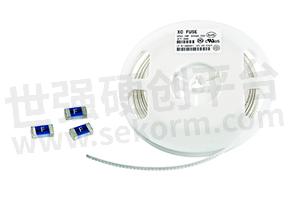Self Recovery Fuse Specification, Must Understand

Each type of circuit protection component has specifications, and Self recovery fuses are no eXCeption. So, what do you think when holding a self-healing fuse specification book? To put it bluntly, when reading the specifications, the main focus is on the parameters and the meanings they represent:
I hold: Maintain current
I trip: The maximum action time under the specified current;
V max: Maximum voltage that can be withstood
I max: Maximum current that can be withstood
P d: Stable power consumption in high resistance state
R: Zero power resistance measured at a certain temperature
R 1max: The maximum resistance value measured at room temperature after one hour of action or soldering back
Environmental temperature: The temperature of the still air around PTC
Maximum working environment temperature: The highest ambient temperature for PTC safe operation

Fig.1
- +1 Like
- Add to Favorites
Recommend
- The Difference between Self Recovery Fuse and Blown Fuse
- What is A Self Recovery Fuse
- Selection Guide of Self Recovery Fuse
- Applications of Self Recovery Fuse Parameters
- How Long Does the self Recovery Fuse Operate?
- Self Recovery Fuse for Overheat Protection in Circuits
- How to Select the Type of Self Recovery Fuse for Procurement?
- What is the Function of Patch Self Recovery Fuses
This document is provided by Sekorm Platform for VIP exclusive service. The copyright is owned by Sekorm. Without authorization, any medias, websites or individual are not allowed to reprint. When authorizing the reprint, the link of www.sekorm.com must be indicated.





























































































































































































































































































































































































































































































































































































































































































































































































































































































